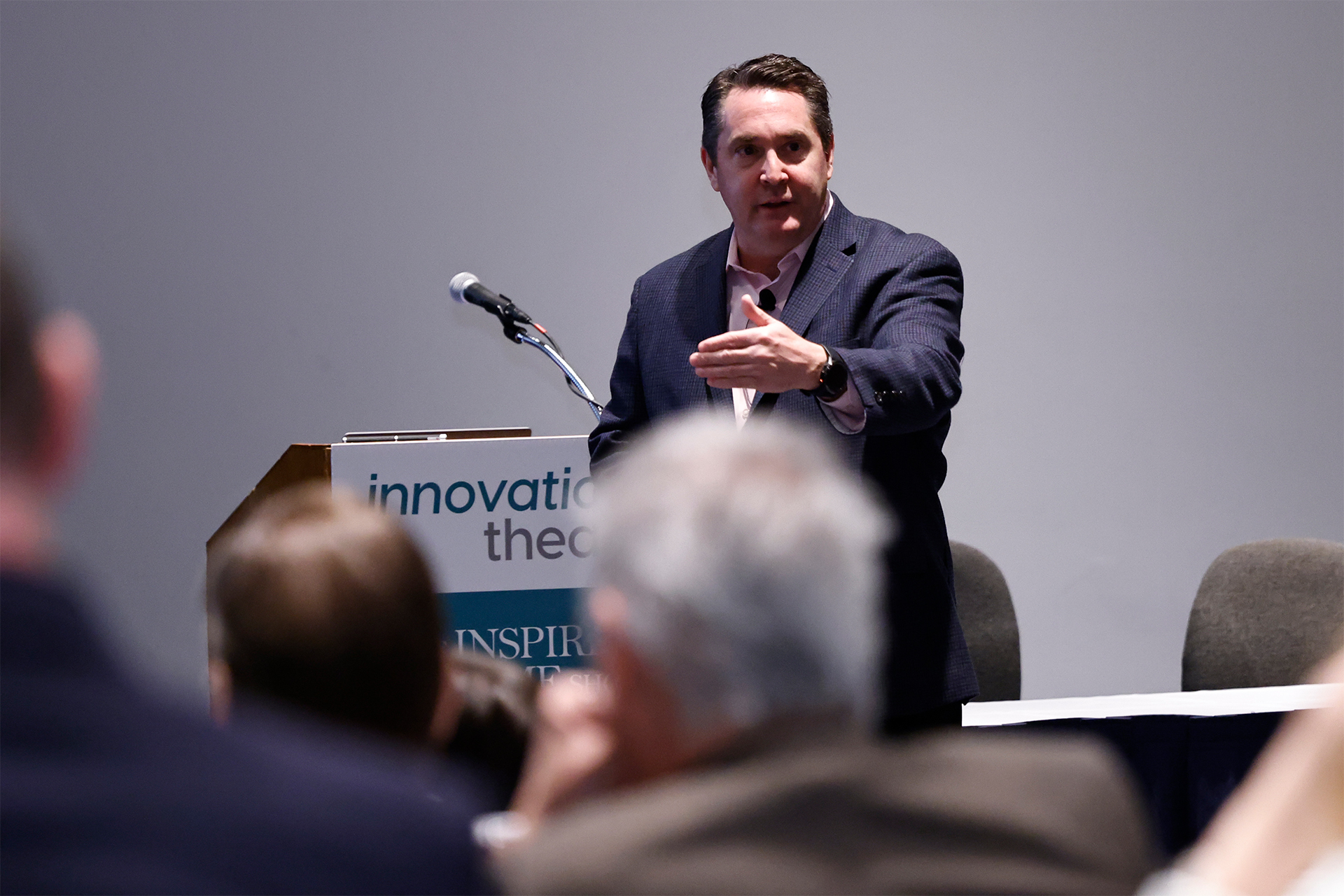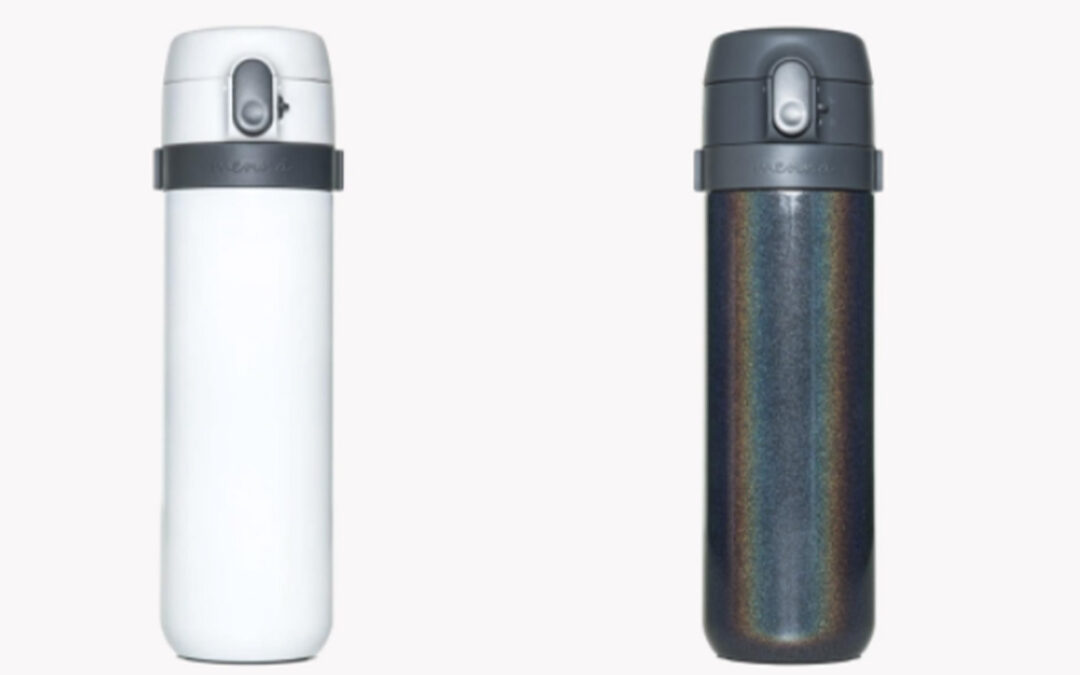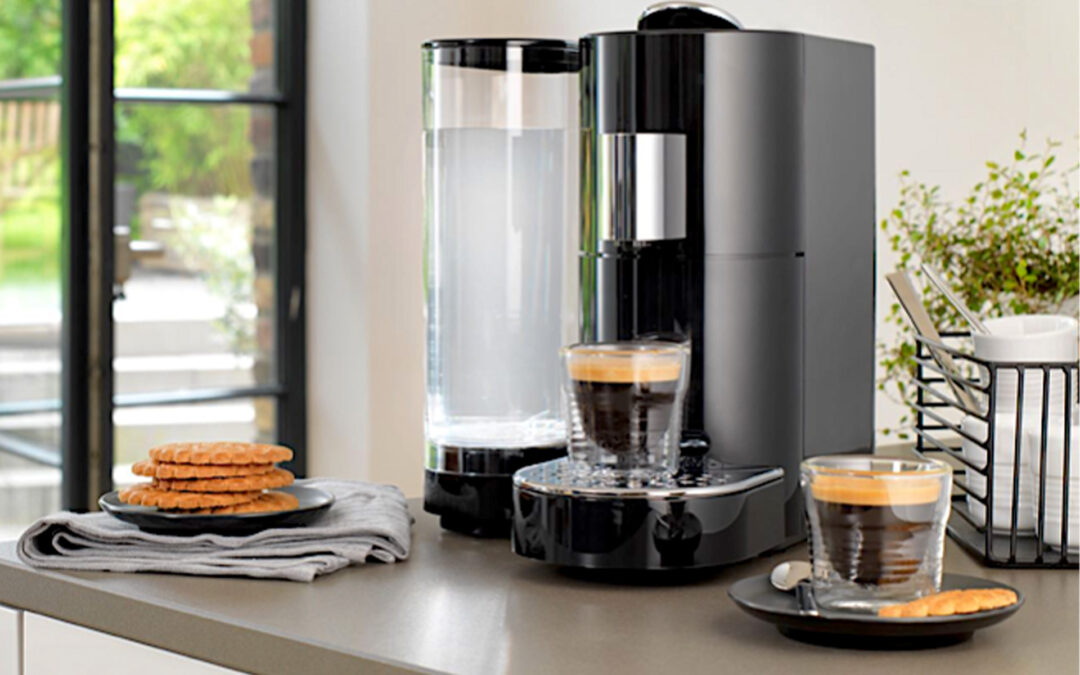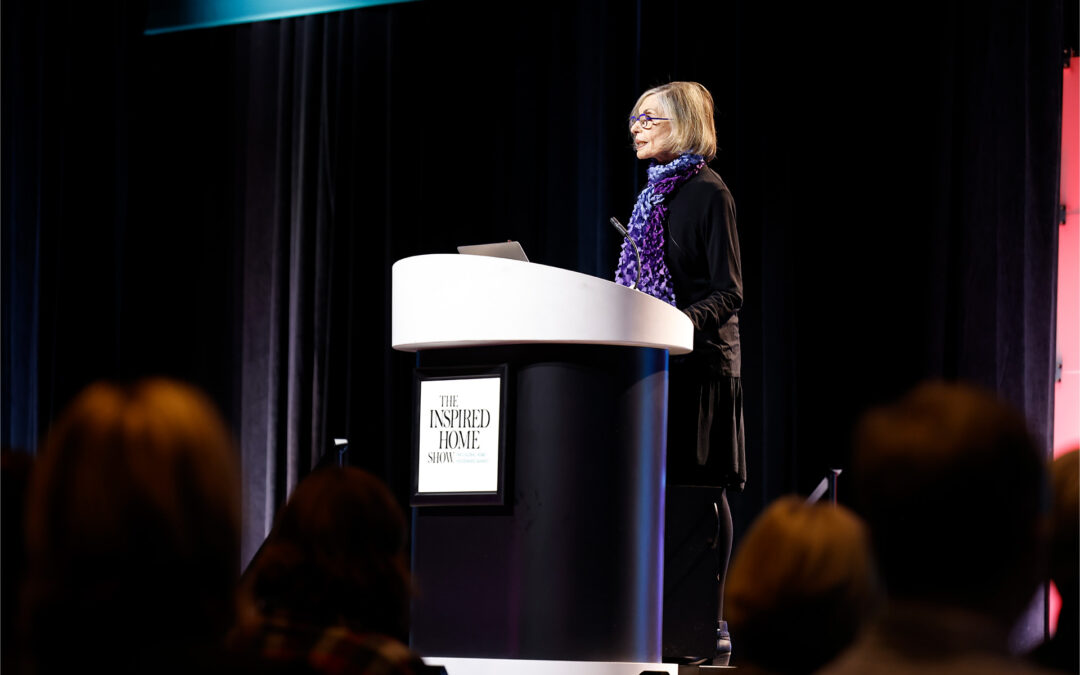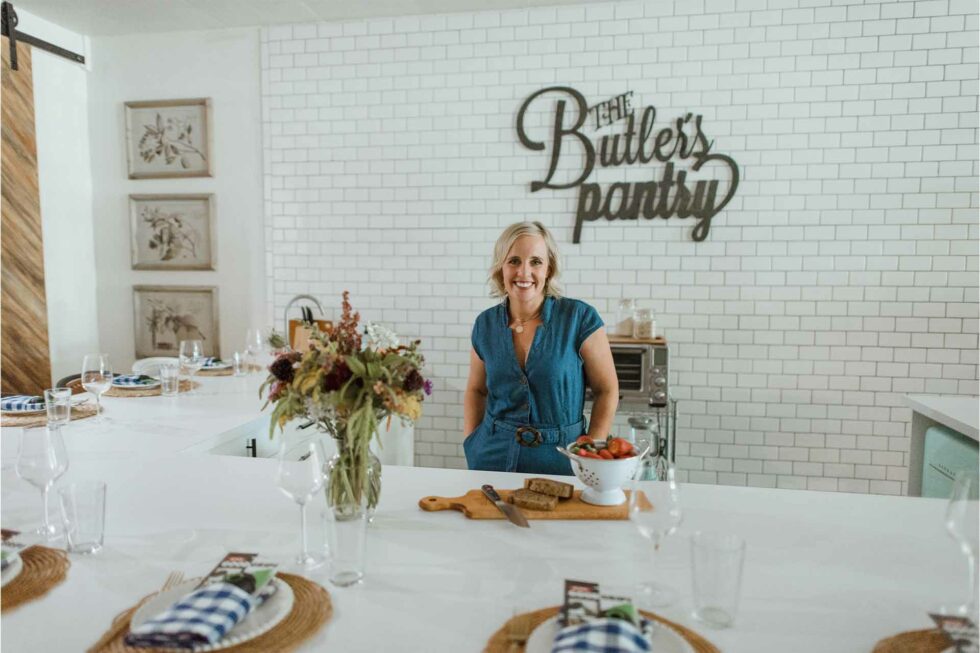The following is the third installment of a series of exclusive HomePage News reports on the industry education program at the Innovation Theater during The Inspired Home Show 2022. The Innovation Theater is the McCormick Place Lakeside Lobby Room E350.
2022’s New E-commerce Playbook
Jordan Brannon of Coalition Technologies and Jenna Galardi of BigCommerce, speaking at the Inspired Home Show Innovation Theater session 2022’s New E-commerce Playbook said that, even if the channel is maturing, tremendous opportunities remain to quickly grow digital sales for companies who learn to navigate the changing virtual retail world.
Opportunities remain on marketplaces, with Walmart’s getting a positive mention, TikTok as a means of capturing the growing social media selling opportunities, and Mercado Libre, for companies in the United States that want to enter the international marketplace without having to deal with foreign currency transactions, taxes, customs and the related challenges.
What’s critical to consider, they agreed, is that e-commerce still is a fractured marketplace and, so, opportunities remain for rapid expansion in those corners where a particular business has a unique advantage. Opportunity needs to be sought, and companies such as Coalition, BigCommerce and others exist to help.
Brannon and Galardi also concurred that many companies that want to expand e-commerce operations will need to revisit their procedures and upgrade to state-of-the-art technology to better plug into the opportunities. No more writing orders on paper.
However, it can pay off. If the pre-pandemic market was e-commerce 1.0, and the COVID-19 pandemic launched e-commerce 2.0, what’s emerging is e-commerce 3.0, which will give businesses that make a commitment to explore opportunities they don’t know existed.
Growth Opportunities for the Housewares Industry
Joe Derochowski (pictured above), Home Industry Advisor for market research firm The NPD Group, said that the post-Covid marketplace will provide ongoing opportunities for housewares companies that consider consumer lifestyles, how they’ve been changed by the pandemic and where folks may need help adjusting to changes in work, school and leisure while holding on to those habits from their time confined that they enjoyed.
Among the suggestions he made was to solve lunch by helping consumers make foods faster, make cleanup quicker and support preparing tasty choices. Another opportunity he cited was to leverage the return to the office with products that help in polishing looks for professional interactions, addressing hydration needs at a time when folks might not want to tap the office water cooler, providing office comforts and making jobs easier. Housewares providers should consider how to aid consumers in simplifying complex meals as they may still enjoy cooking but may not have as much time to devote now as the world is opening up again as they did when confined at home.
Advance smart is another consideration for the housewares business going forward, and communication is key with appliances that link with the consumer, the manufacturer, the retailer and other devices having advantages if they address consumer difficulties or provide new twists on existing tasks, as robotic vacuums have.
The housewares industry should inspire consumers with products that promote wellness, self-help and cooking as a development tool in the forms of products to help kids learn and enjoy cooking, Derochowski indicated. Companies should reconsider pricing and promotion, which changed from traditional patterns regarding dollars and units but are returning to a pre-pandemic model. Advance social commerce at a time when established operations such as Pinterest and newer ones such as TikTok have become places where influencers, video bloggers and a growing number of companies capture the attention and sales of consumers. Revolutionize nimbleness by reconsidering operations with a mind toward making them more responsive to often rapidly changing market demands. Also, help smaller households, which accounted for 46% of sales in 2021.
Creating a Better Circle: Materials Innovator and Brands Develop New Recycling Loops
At the Innovation Theater session Creating a Better Circle: Materials Innovator and Brands Develop New Recycling Loops at The Inspired Home Show, Brad Moncla, strategic marketing manager for Eastman, discussed how this company was investing in molecular recycling that does more to reconstitute and reinstate material than the typical mechanical recycling that dominates the market. Materials subject to mechanical recycling deteriorate with reconstitution whereas molecular recycling returns them to a good-as-new form. Eastman already is doing such recycling and is adding a second plant in the United States and a third in Europe to forward its efforts in that field.
Moncla pointed out that such circular recycling initiatives are widely touted but difficult to carry out. He also noted that, although pressure is growing for more sustainable product manufacturing, it is not a dominant purchasing driver yet. Sustainability is midway in the list of secondary purchase drivers for reusable sports bottles, for example. At the same time, consumers are more interested in reconditioned products, and using products longer, following the reduce, reuse and recycle hierarchy sustainability authorities understand leading to the best environmental results. So, consumer concern about the environment continues to evolve even if unevenly.
Retail 360: Redefining the Customer Experience
In the Innovation Theater presentation Retail 360: Redefining the Customer Experience, judges from The Inspired Home Show gia Retail Excellence Awards discussed how great stores had continued innovating through the COVID-19 pandemic and cited practices that elevated them and that can boost the operations of other retailers.
Judge Scott Kohno of Retail Element, said experience is key to satisfying consumers. He noted that how the product is merchandised is key to putting a great product in the best light, which adds to the chance of a purchase. Kohno said important visual merchandising trends emphasize compelling color and exuberance. Merchandising that’s to the point can address consumer interest in home hosting, creating tablescapes, extending interior to outdoor spaces, aiding in the establishment of modern sanctuaries, softening spaces and organizing.
Henrick Peter Reisby Nielsen, CEO and founder of Reisby Consult, said that if consumers are going to buy it they have to find it. So retailers should employ everything from Google Street View to virtual reality tours to give consumers a clear insight into what they offer and how it is staged so they can see how it can enhance their homes.
Anne Kong, an educator and designer specializing in visual merchandising, exhibition design and special events, said that what consumers see in stores should reflect their concerns, such as for wellness. Visual merchandising today should emphasize joy and inspiration with color, while in an organized setting for ease of shopping.
Wolfgang Gruschwitz, retailer architect and designer as well as the owner of Gruschwitz GmBH, said retailers should be trying to become lifelong companions for their customers through discovery, having products and presentations updated to bring shoppers back to the store, inspirational, fascinating and demonstrative product presentations including those that show items in action, and consulting, or advising the customer about the various uses and application of products. He also suggested that retailers should boost transactions through repurchasing previously sold products as used, providing repairs and helping customers recycle items, and should embrace engagement, building customers into a community based on interactions with the store, then managing the community by offering members initiatives that translate into benefits and rewards.
The Future of Home is Analog
In the Innovation Theater program, The Future of Home is Analog at The Inspired Home Show, Hunter Morris, vp of product strategy and marketing at Boogie Board, said that digital technology isn’t bad. In fact, it’s often good. But it can go too far, which he illustrated with an app-operated rolling bone meant to interact with a pet dog. He said, the product isn’t necessarily bad, it just seems to be missing the point.
Boogie Board makes reusable writing and art products based on LCD technology. Write or draw, and the LCD creates the lines from the hand of the user. He said digital and digital connectedness can be great but aren’t the answer to everything, and that many consumers are considering enhanced analog products. For example, bicycles backed up with electric motors allow users to go further, and may make a bike ride over hilly terrain possible for older enthusiasts. As such, they can continue enjoying an activity that might no longer be possible without a little help. The return of vinyl records with improved sound systems and brewers that use loose tea or ground coffees rather than pods so consumers can make their drinks just as they like are other examples of enhanced analog technology. It’s not a precise term, Morris says, but it is a design consideration for consumers who want to have the feeling of personal engagement but with a little added boost.

